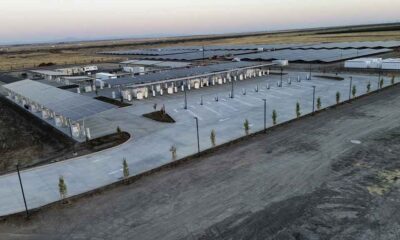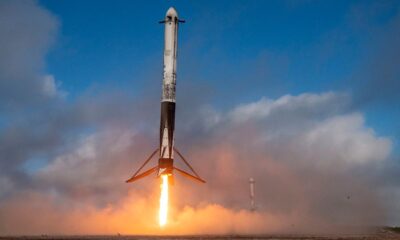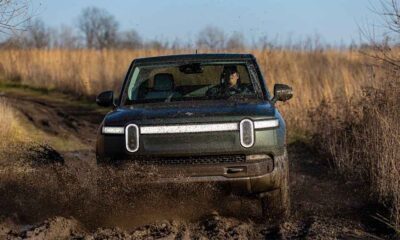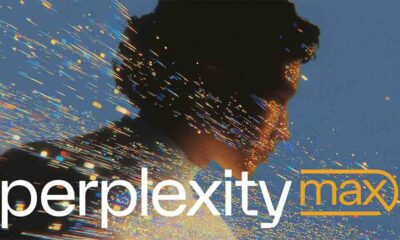SpaceX
SpaceX launches two Falcon 9 rocket in an hour: A Comeback
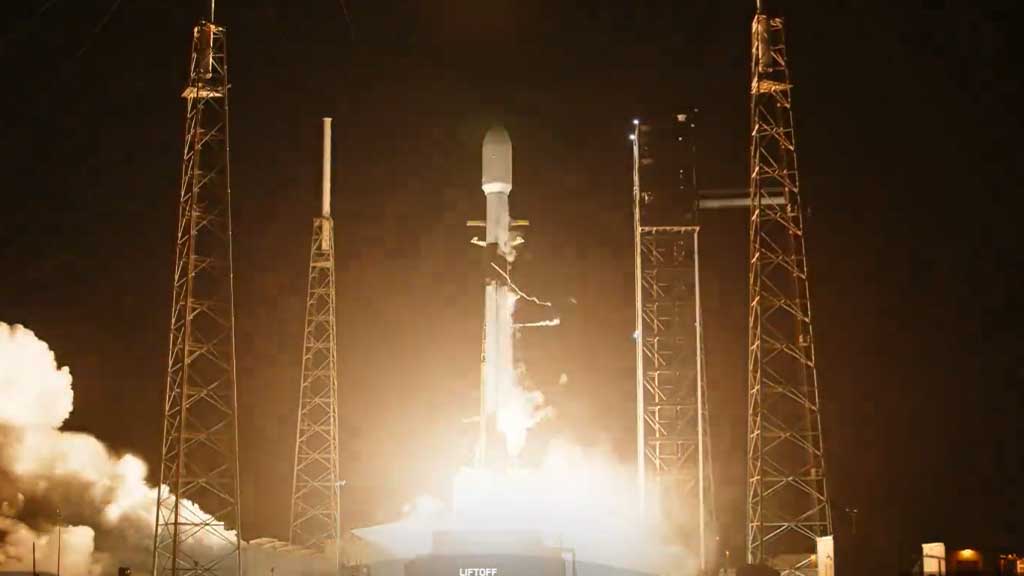
At midnight, SpaceX launched two Falcon 9 rockets within an hour of proximity as a comeback from a recent incident that occurred during a booster landing.
First mission
Its payload has 21 Starlink satellites including 13 Direct to Cells. This mission was conducted from Space Launch Complex 40 at Cape Canaveral Space Force Station in Florida. The rocket took the first liftoff window with clear weather.
3, 2, 1 and liftoff of Falcon 9 from pad 40 in Florida! pic.twitter.com/t9GJK01E5o
— SpaceX (@SpaceX) August 31, 2024
The booster used for this flight completed its 18th overall flight. It previously supported CRS-24, OneWeb 1, SES 18 and 19, Eutelsat HOTBIRD-F1, and 13 Starlink missions.
Falcon 9’s first stage lands on the Just Read The Instructions droneship, completing this booster’s 18th launch and landing pic.twitter.com/zScs23zrAQ
— SpaceX (@SpaceX) August 31, 2024
Following stage separation, the first stage maintained its landing zone trajectory and connected to a droneship stationed in the Atlantic Ocean.
Second mission
The payload for this launch also included the same number of Starlink and Direc to Cell satellites. However, it launched from Space Launch Complex 4 East at Vandenberg Space Force Base in California.
Engines full power and liftoff! pic.twitter.com/79Q2HrBRKJ
— SpaceX (@SpaceX) August 31, 2024
Falcon 9’s first stage for this flight completed the ninth flight and previously supported Crew-7, CRS-29, NROL-186, EarthCARE, Transporter 10, PACE, and two Starlink missions. Following stage separation, the booster landed on the ‘Of Course I Still Love You’ droneship in the Pacific Ocean.
Falcon 9 lands on the Of Course I Still Love You droneship pic.twitter.com/0ta7MLEhhK
— SpaceX (@SpaceX) August 31, 2024
On the other hand, the company separated the payload fairings at 3:10 seconds and sent the satellites for deployment with the second stage.
Comeback
On August 28, SpaceX launched a Starlink mission and the Falcon 9 used for this mission completed all tasks. However, its first stage tipped over upon touchdown on the droneship.
The FAA opened an investigation into the mishap. Instantly, the space rocket maker filed a Falcon’s license modification and got approval for August 30.
Although the FAA has allowed SpaceX to conduct new missions, it is still seeking more details on what caused the crash. Eventually, the two back-to-back launches could be taken as a comeback from the booster crash.
(Source)

